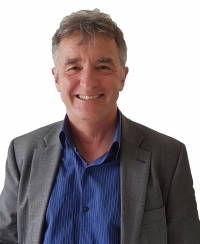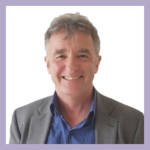 by Paul Hitchcock, Chief Executive Officer of the British Acupuncture Council
by Paul Hitchcock, Chief Executive Officer of the British Acupuncture Council
We have an ageing population. Many of that population have multiple conditions. We have already reached a situation where the provision of health and care is problematic under the current system; too many people with too many conditions with insufficient cash or workforce capacity to enable their support.
Yet the system continues to take a reductive approach to treatments and support services. Commissioners or policy makers stop services or treatments when a new innovation is proposed so that, although they can claim to be cutting edge, in reality the system provides less support to fewer people and reduces patient choice at the same time.
There is an example of this in the MSK world at the moment. We know that back pain is a major problem, not only in numbers of sufferers but in the impact that it has on the capability to work and hence the UK economy. There is also the knock on effect of co-morbidities in mental health and cardiovascular disease that long term back pain can cause. And yet we do not embrace all therapies that we know to work but seem to want to define the ‘best’ treatments and then make only those therapies commonly available. NICE guideline development sometimes does just this process, potentially removing recommendations to use therapies not necessarily because they are no longer effective but because something else might be perceived to be ‘better’.
We have to start thinking of the bigger picture and how we enable our population to manage themselves with appropriate therapeutic intervention when required. We have to be more creative about giving access to a wider range of clinicians so that we touch and hence enable more of the population; recognising that those clinicians need to have the skills to educate, make some form of therapeutic intervention and to be able to spot red flag situations and refer as required.
The 5 Year Forward View espouses workforce redesign and innovation and this has led to a number of situations where primary care and hence access to care is being redesigned. Yet still we see the same workforce being stretched and bent into another shape without really changing the options available to the community. Where are the traditional acupuncturists for example? We know acupuncture is effective for many patients and more importantly we know that accredited traditional acupuncturists fulfil the criteria of a clinician as defined earlier yet in thinking about the system they seem to be the exception rather than the rule. In order to truly support our population with its burgeoning healthcare needs in MSK conditions and wider we have to stop debating whether one intervention or approach is better than another in a generic sense and start to look at offering the appropriate clinical support for the individual patient or citizen.
To use NSAIDs or acupuncture? – should not be the question.
Can we enable more of our population to have access to an appropriate clinician irrespective of whether that person is delivering their care from an Eastern or a Western perspective? – is a much better question.


